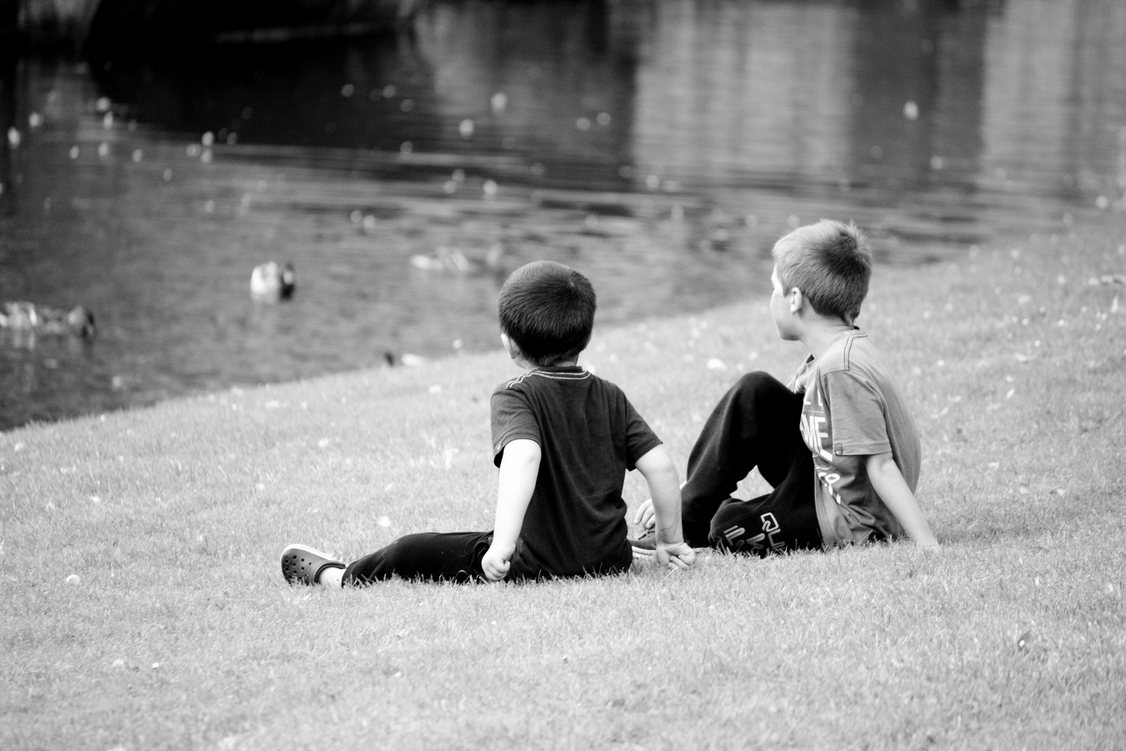Learning Disabilities are a disorder that is defined as a permanent problem that affects a person with average intelligence, in a way that he/she receives, stores, and processes information. There are physiological differences in those with learning disabilities, and this impacts their learning.
No one knows the exact cause of a learning disability. One widely accepted theory is that learning disabilities are a result of subtle disturbances in the brain structure and function. The experts, however, agree that learning disabilties can be caused by hereditary, complications during pregnancy and birth, along with incidents after birth, such as a head injury, or lead poisoning. An individual with a learning disability can also have other disabilities.
Some of the terminologies connected with having Learning Disabilties are listed below along with an example of the symptoms:
- Dyslexia-letters or words can be written or pronounced backwards
- Dyscalculia– difficulty learning to count by 2’s, 3’s, 5’s
- Dysgraphia– difficulty writing and organizing ideas on paper
- Dyspraxia– difficulty with fine motor skills
- Auditory Processing Disorder– difficulty interpreting auditory information.
- Visual Processing Disorder– difficulty interpreting visual information such as
distinguishing between letters like h/n - Attention Deficit Hyperactivity Disorder– difficulty concentrating and focusing
Academic curriculum and environment can have a tremendous impact on determining if a child is at risk of becoming a child with learning disabilities (LD).
Curriculum factors:
- School work is mismatched with uneven abilities
- The child is taught at a level above what he can comprehend
- The style of teaching does not match the child’s learning style
Because of these problems, students with LD become frustrated, they find it extremely hard to catch up. These difficulties can make a student give up and create behavior problems.
Some possible solutions to these problems:
- Dictate essays
- Read by listening to books on tape
- Reduce the number of words or concepts the student must memorize
- Teach memory tricks
- Translate difficult text
- Make concrete models of difficult concepts.
Modifications must be made in order to reduce the strain caused by these students difference in learning style.
Articles Related to ‘Learning Disabilities: Definitions & What to Know’
Learning Disabilities: Learning the Facts
Learning Disabilities: Definition, Rights, & Education

It helps to know more about a few of these different learning disabilities. I noticed that my daughter has been having difficulty distinguishing between letters when she’s reading. I’m glad that I came across this information since she probably has a visual processing disorder. It’s good to know that there are a few solutions that I can try, like making modifications to make reading and processing visual information easier for her.